Sekhmet: Goddess of Destruction and Healing
In the stark contrast between destruction and healing, the goddess Sekhmet is one of the most popular and most important…
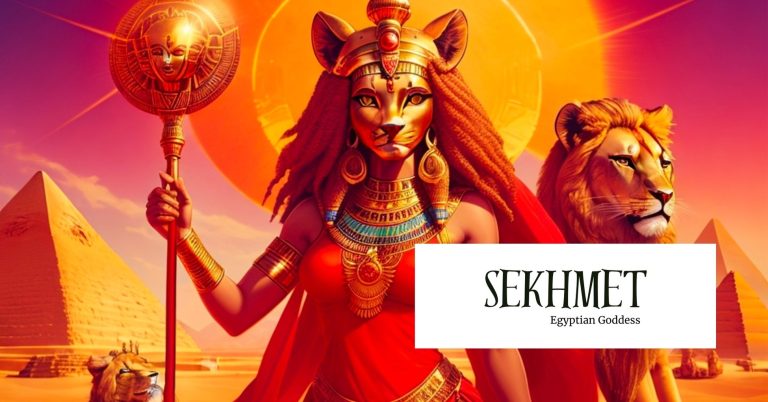
In the stark contrast between destruction and healing, the goddess Sekhmet is one of the most popular and most important…
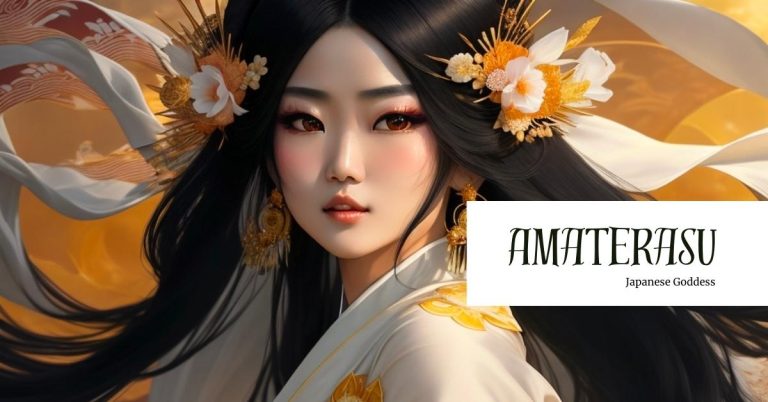
At the heart of ancient Japanese mythology and Shinto (the oldest religion in Japan) is the supreme and revered deity:…
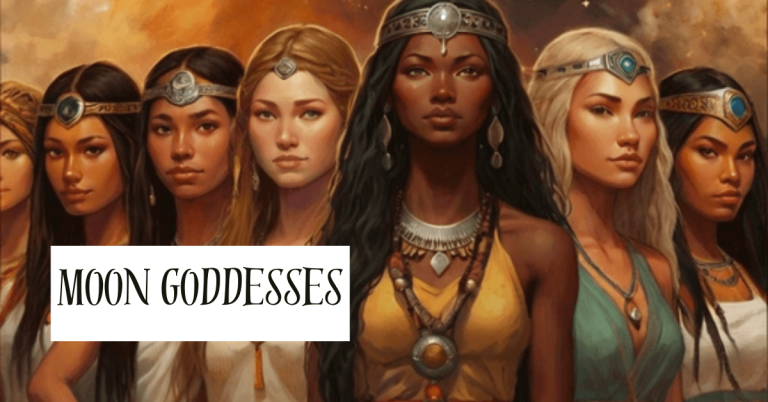
Moon goddesses are an eclectic group within world religions; with each individual goddess having varied amounts of stage time within…
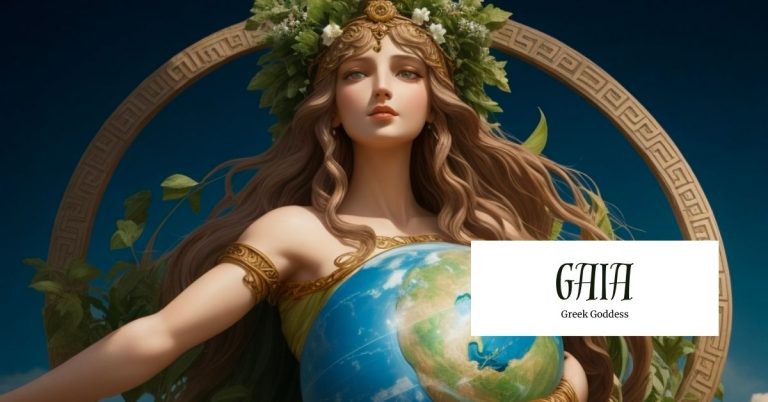
Gaia, often revered as the primal Earth goddess in Greek mythology, holds a significant place in the pantheon of ancient…
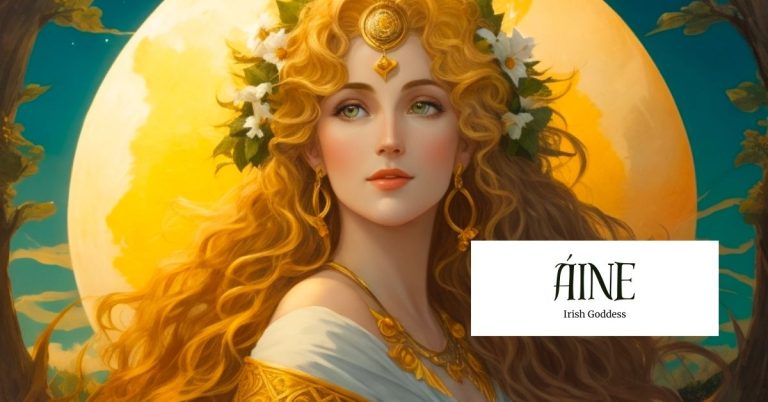
Áine, the Goddess of the Sun, the Moon, and Love. She is the radiant embodiment of the sun’s warmth and…

The goddess Ran is a divine being who holds sway over the profound depths of the ocean, exercising dominion over…
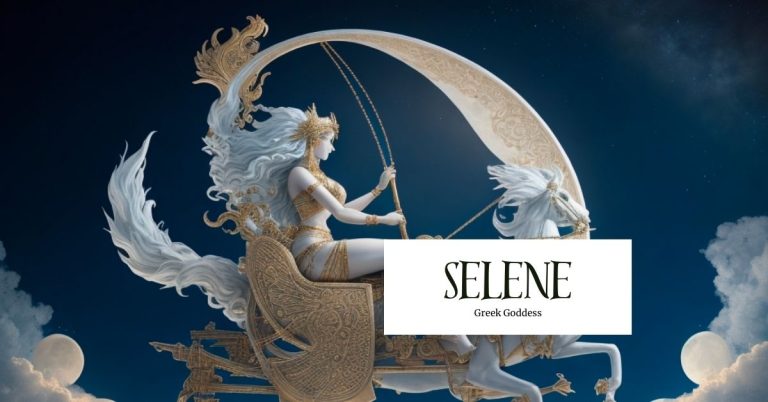
The Greek pantheon includes many deities, each possessing unique attributes and profound roles in the cosmic order. Among them, Selene,…
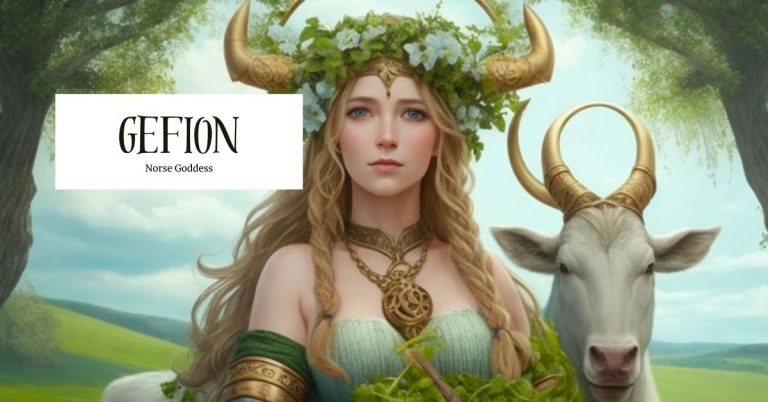
Within Norse mythology, one encounters the goddess Gefjon, an enigmatic figure whose profound significance is interwoven into the ancient beliefs…
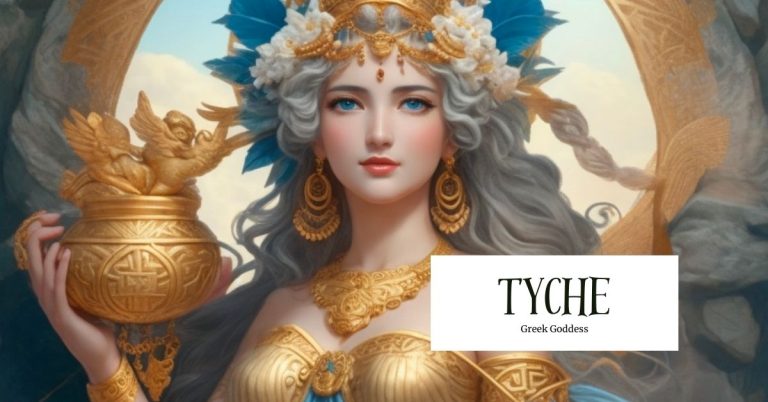
The Goddess Tyche has long been admired for her captivating allure and association with fortune and chance. Throughout history, she…
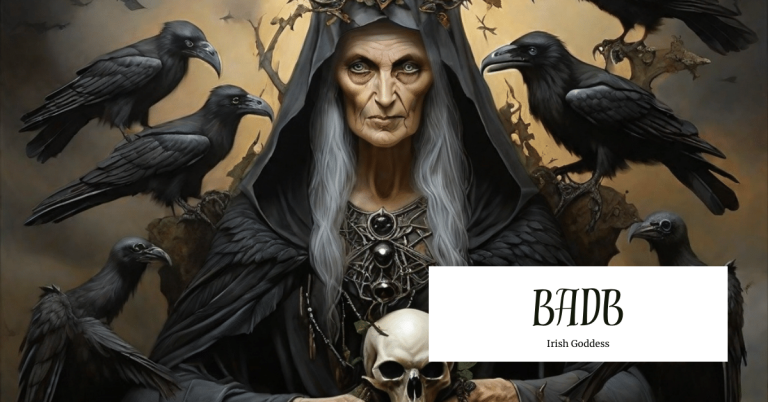
Badb, the Goddess of death and war, is known as one of the sisters of Morrigan. From her fearsome presence…